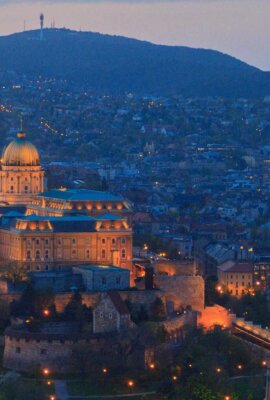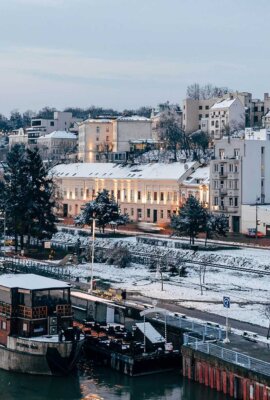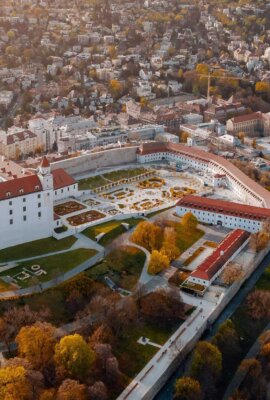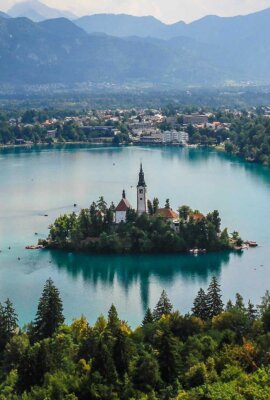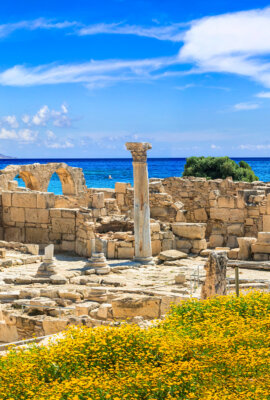Your full Wanderlust guide to
Croatia

Croatia has been firmly back on the travel map for the past decade. The country’s development as a travel destination was temporarily halted during the bitter Homeland War of the early 1990s, but since 1995, travellers have returned and the country is thriving. Infrastructure for visitors is good, and development is controlled enough for the country’s adopted motto (The Mediterranean As It Once Was) to still be apt rather than a stretch of the imagination. There are also plenty of ‘out of the way’ places left to discover.
Most visitors flock to the spectacular Croatian coast, where they are well rewarded with an extraordinary collection of islands, delicious seafood, picture-perfect fishing villages and the cleanest waters in the Adriatic. In the busy summer months, there’s an extensive ferry network to allow you to hop between islands and the mainland. Alternatively, Croatia is a fantastic destination for a sailing holiday. Whether you weigh anchor and explore the country’s uninhabited islands or sunbathe and sip cocktails in glamorous ports like Hvar and Dubrovnik, there’s no shortage of choice.
Meanwhile, inland Croatia shouldn’t be neglected. The bucolic Istria region is fast becoming the destination for foodies thanks to its truffles, olive oil and wild asparagus. The capital Zagreb and the northern region of Zagorje are fantastic for everything from cafe culture to castles and countryside; Slavonia has one of Europe’s most important wetlands where the Danube meets the Drava.
Nature lovers will find magnificent mountains, waterfalls and lakes in Croatia’s inland national parks, like Plitvice Lakes, Paklenika and Krka. History enthusiasts will discover an equally varied architectural landscape in Croatia, from Roman ruins to Venetian villages, from Byzantine churches to Austro-Hungarian Baroque masterpieces.
You can’t miss

When to go to Croatia
July and August are Croatia’s peak seasons. From November to April the Croatian islands virtually shut down and ferry timetables are reduced. By contrast, Zagreb is quieter from June to September as everyone heads for the seaside.
Mid-season (May to June and September to October) is the time to visit the national parks in Croatia’s interior, as it can be freezing here in winter and hot and sticky (not to mention busy!) in July and August. October, when mushrooms, truffles and chestnuts are harvested, is the best month for gourmets.
International airports
Zagreb (ZAG) 17km from Zagreb; Dubrovnik (DBV) 20km from Dubrovnik; Split (SPU) 25km from Split; Pula (PUY) 8km from Pula; Rijeka (RJK) 27km from Krk.
Getting around in Croatia
Jadrolinija operates car and passenger ferries between the islands, as well as the main coastal route from Rijeka to Dubrovnik.
Most of Croatia’s major cities are connected by rail – although Dubrovnik is a notable exception. Buses tend to be more frequent than trains in Croatia, and unlike trains, serve even the most remote villages. There are numerous private companies operating bus services in Croatia. Be warned: buses take a very long time to get anywhere on.
If you’re planning to hire a car and explore more remote areas, local companies are normally much cheaper than the international chains. Some also offer one-way rentals too.
Health & safety
There are few major health hazards, but tick-borne encephalitis can occur in rural and forest areas, so use insect repellent. Good health care is readily available throughout Croatia. EU citizens should carry a European Health Insurance Card (EHIC). Tap water is safe to drink in most places; check with your accommodation.
Unexploded landmines still exist in the remote border regions, so pay attention to warning signs.












